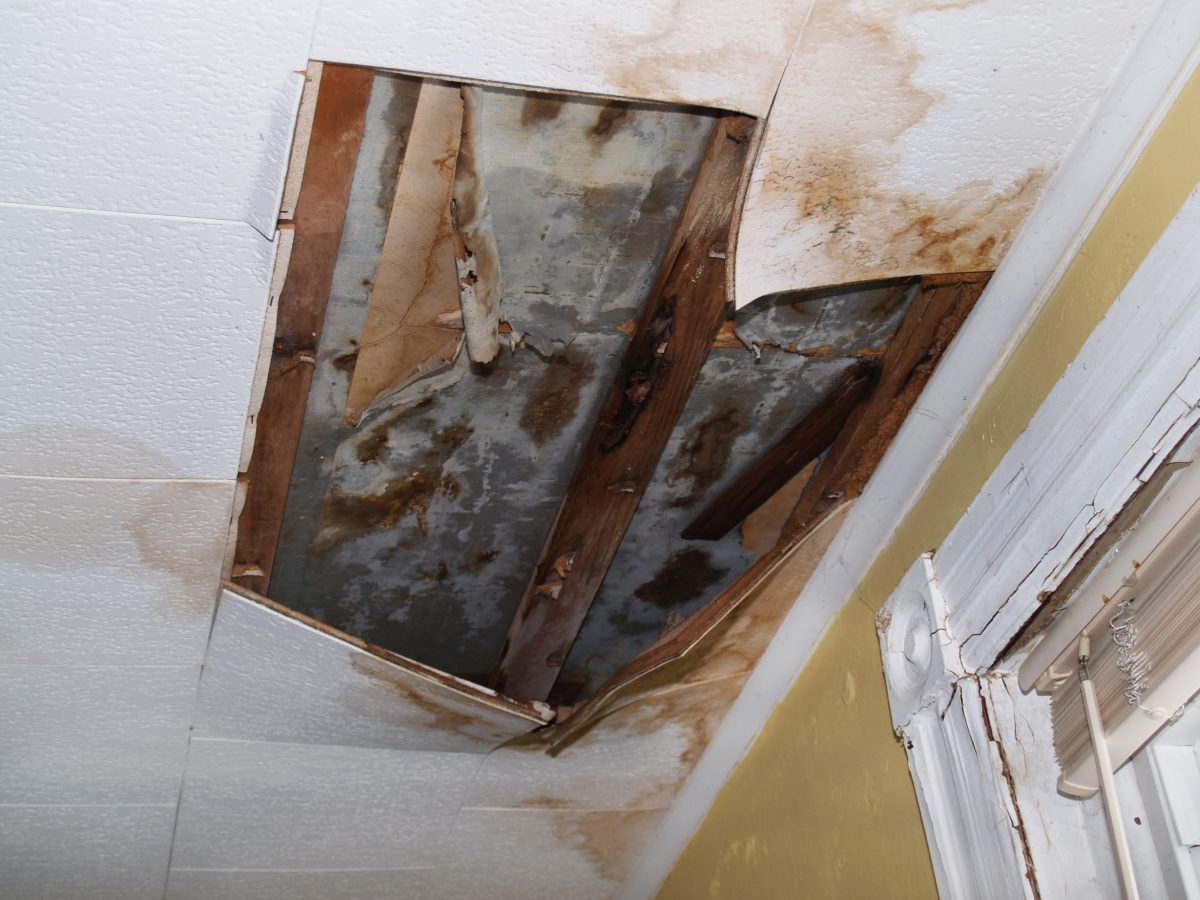CPVC Piping Problems
Most homeowners choose a cheaper option from time to time. Maybe you get an inexpensive brand of interior paint or molding made of a cheaper softwood. These decisions aren’t a crisis because upgrading them isn’t difficult. You can easily repaint or upgrade your molding. One area where you don’t want to take a cheaper option is with your plumbing. Specifically, you’ll want to think long and hard before installing CPVC piping or you may end up with the CPVC piping nightmare.
Unlike cosmetic features, like paint or fixtures, pipes run inside your walls, under floors and even over your ceiling. If something goes wrong with your pipes, you’ll end up replacing more than just plumbing. Waters leak can damage drywall, flooring, insulation and your electrical system. That’s to say nothing of your possessions inside the home.
So where does CPVC fit into all of this?
CPVC is a fairly common choice for plumbing in homes. It’s also prone to several kinds of failures. Chlorine can weaken these kinds of pipes, which is a real problem. Most major cities and large towns add chlorine to the water supply to kill viruses and bacteria. It makes the water safer to drink straight out of the tap.
So, every time you wash the dishes or take a shower, the chlorine in the water makes your pipes more brittle. The pipe can become so brittle that closing a valve can make the pipe give way. Something as simple as bumping a pipe with a spray bottle under your bathroom sink can trigger a massive leak. If that’s not a big enough problem, the glue used on every joint will break down over time.
It also appears that the problem is common enough that the manufacturer changed its warranty policy. CPVC used to enjoy a 25-year warranty. Now the warranty only runs for 10 years. The warranty was also changed so that it doesn’t cover any water damage to your property if the piping fails. So, if you install CPVC and it breaks during the first 10 years, the manufacturer will replace the pipe. Fixing everything else is coming out your own pocket.
The alternatives are traditional copper piping or a product called PEX
The alternatives are traditional copper piping or a product called PEX. Copper is substantially more expensive than PEX, but it’s still the right choice for high-heat connections. For most plumbing, though, PEX is economical and doesn’t suffer the same problems as CPVC. PEX is flexible, which reduces cracking, and it doesn’t use glue. That means you won’t need to worry about glue breaking down. PEX also comes with a 25-year warranty.
There are few problems in a home as serious as failing plumbing because it’s not just the pipes at risk. Water leaks can damage floors, walls, ceilings, electrical systems and your personal property. The odds of CPVC piping failure just magnifies those risks. If you’re looking to save a little money in your home, stick with the cheaper paint. When it comes to plumbing, go with the options that won’t let you down.
Share this Post

